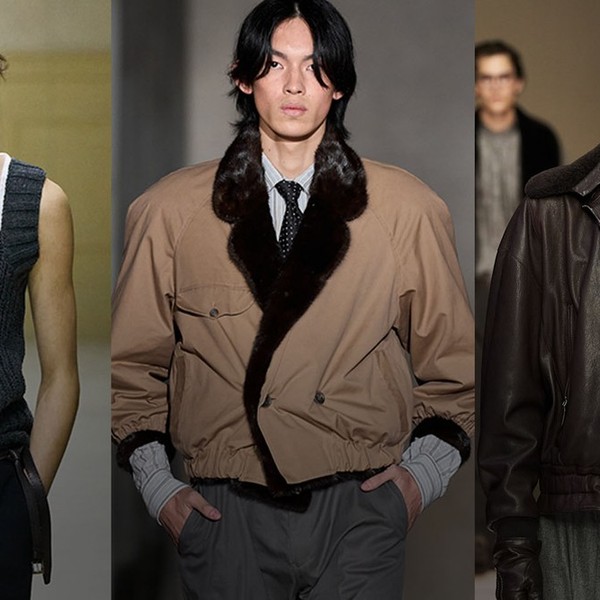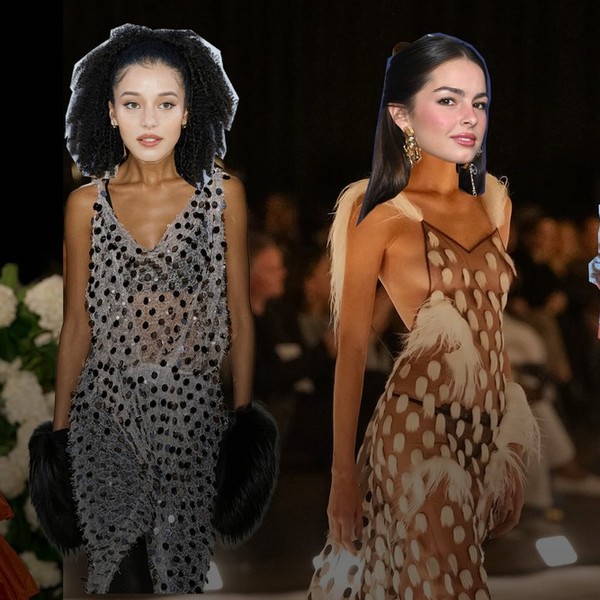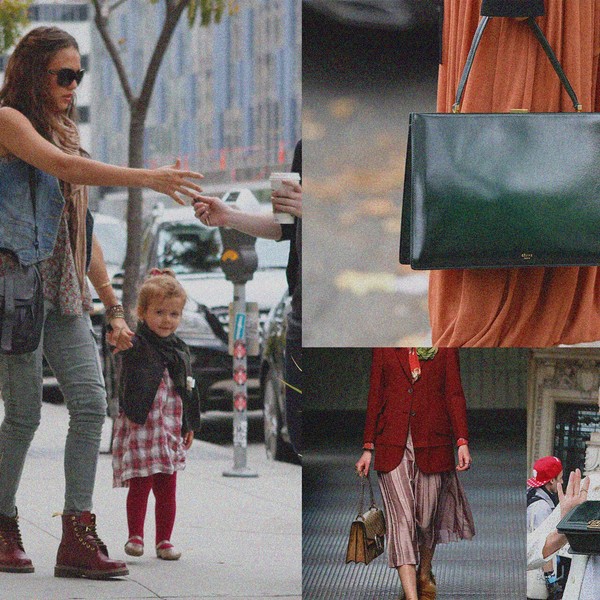For This Interior Designer, Home is Where the Art Is
Revered interior designer Robert Stilin on embracing the unexpected.

Robert Stilin is en route when we jump on the phone to speak. “I may be hunting and gathering for the next week in and out of Milan, and then I'm going to Paris—I'll be going to the flea market and seeing different [art and interior] dealers,” he says casually over the bustling background sounds of New York City. “I don't know exactly what I'm going to see for sure. … I'll see things that I wasn't expecting and get turned onto things that are new.”
Embracing the unexpected isn’t new to the revered interior designer, whose life and work have been built on evolution. Growing up in a small town in northern Wisconsin, Stilin had his first brush with beauty at a young age. “It wasn't necessarily an obviously aesthetic place, but it was a very beautiful place,” he recalls. “I spent a lot of time outdoors and by myself. I had a big imaginary and fantasy life and spent a lot of time dreaming and thinking. That definitely had a big impact on how I see and look at things, explore and examine the world.”
Stilin became enamored with traveling and experiencing new environments, though he never anticipated pursuing a career in design. “I was more entrepreneurial and more business-focused. The circumstances of my life, I ended up in a place that I, again, wasn't expecting to be, which was Palm Beach, Florida,” he adds. “I couldn't really pursue a financial career there, so I was looking for something to do and create a business.” He describes the design market back then as “extremely different,” essentially closed off to anyone who wasn’t a trade professional. “If you had higher aspirations, there was no place to go. You either didn't want to—or couldn't afford to—hire an interior designer, [so] you didn't have a lot of choices. I decided to go and find all those things and bring them to market in a lifestyle store, which I opened in Palm Beach in 1989. That was my first foray into design.”
For Stilin, the store was a “prototype,” eventually garnering enough momentum in the first year of operations for future clients to become acquainted with his sensibility. “Somebody bought a lot of stuff and said, ‘We bought a house, and we like your taste. Could you help us?’ And I said, of course, so that's kind of how it happened.” Since then, Stilin has amassed a reputation for designing spaces that are contemporary, sleek, and liveable. His clientele ranges from renowned entertainers (read: the Carters) to business executives and more. He’s been awarded prestigious accolades like AD100 and the ELLE Decor A-List, and his monograph, Robert Stilin Interiors, was published in October 2019.
Even with a storied career, Stilin still believes in the simple power of discovery—and paying attention. “That's part of the hunter-gatherer mentality and passion: you're always finding something that you don't expect,” he says. “When I was younger, I had a very focused look. I thought I knew what I liked and didn't like, and I wouldn't go into stores that didn't fit my guidelines.” That method worked for a while. Then, about twenty years ago, Stilin experienced a turning point: meeting famed art collector Beth Rudin DeWoody, who, on a shopping excursion together, persuaded Stilin to check out a store out of his usual aesthetic wheelhouse. “Lo and behold, we walked in, and I found [a few] things [I liked]. It was this perfect lesson. And to quote my father, don't judge a book by its cover. You just don't ever really know, particularly in collecting and vintage shopping … you find things all the time that you weren't expecting.”
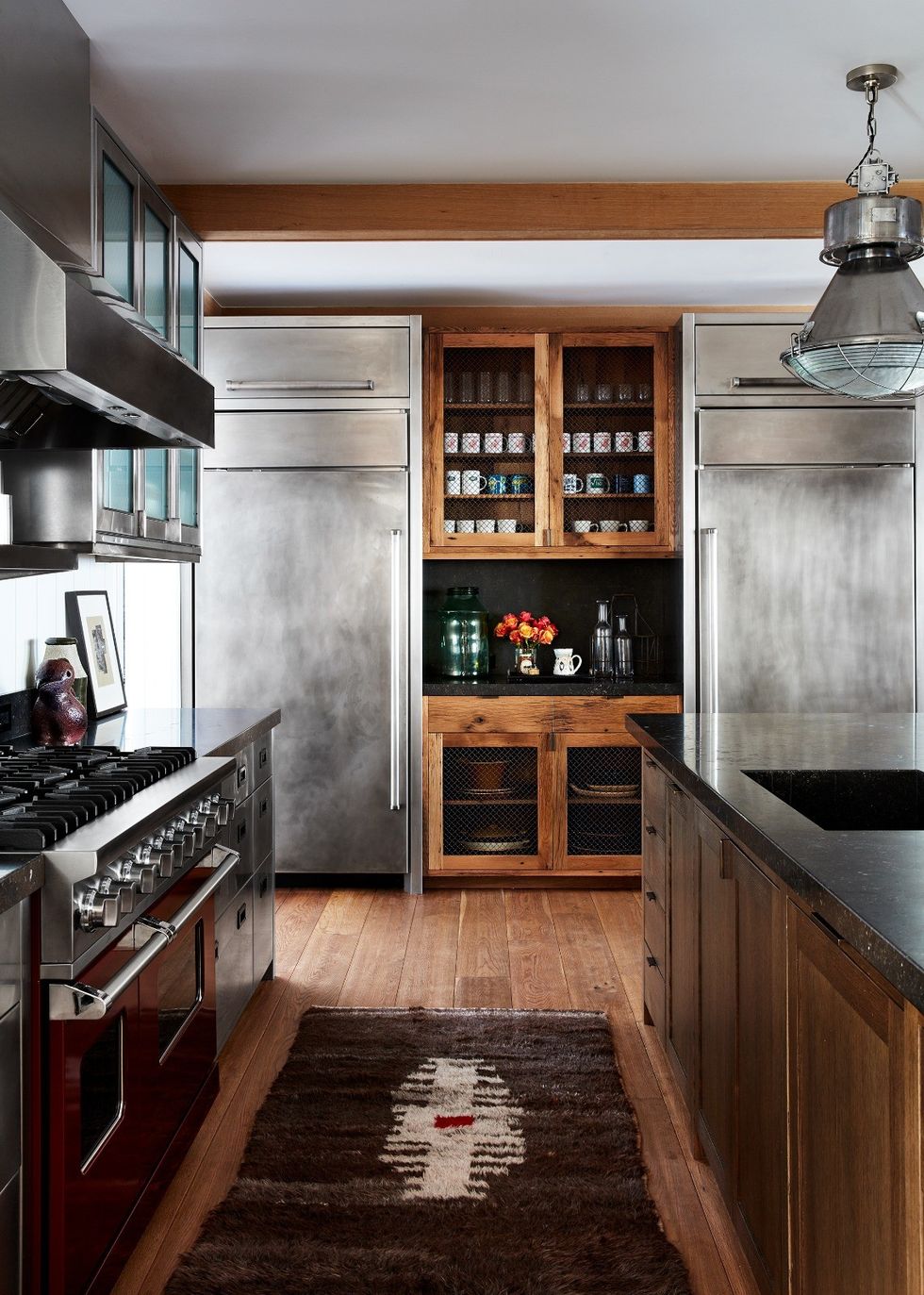
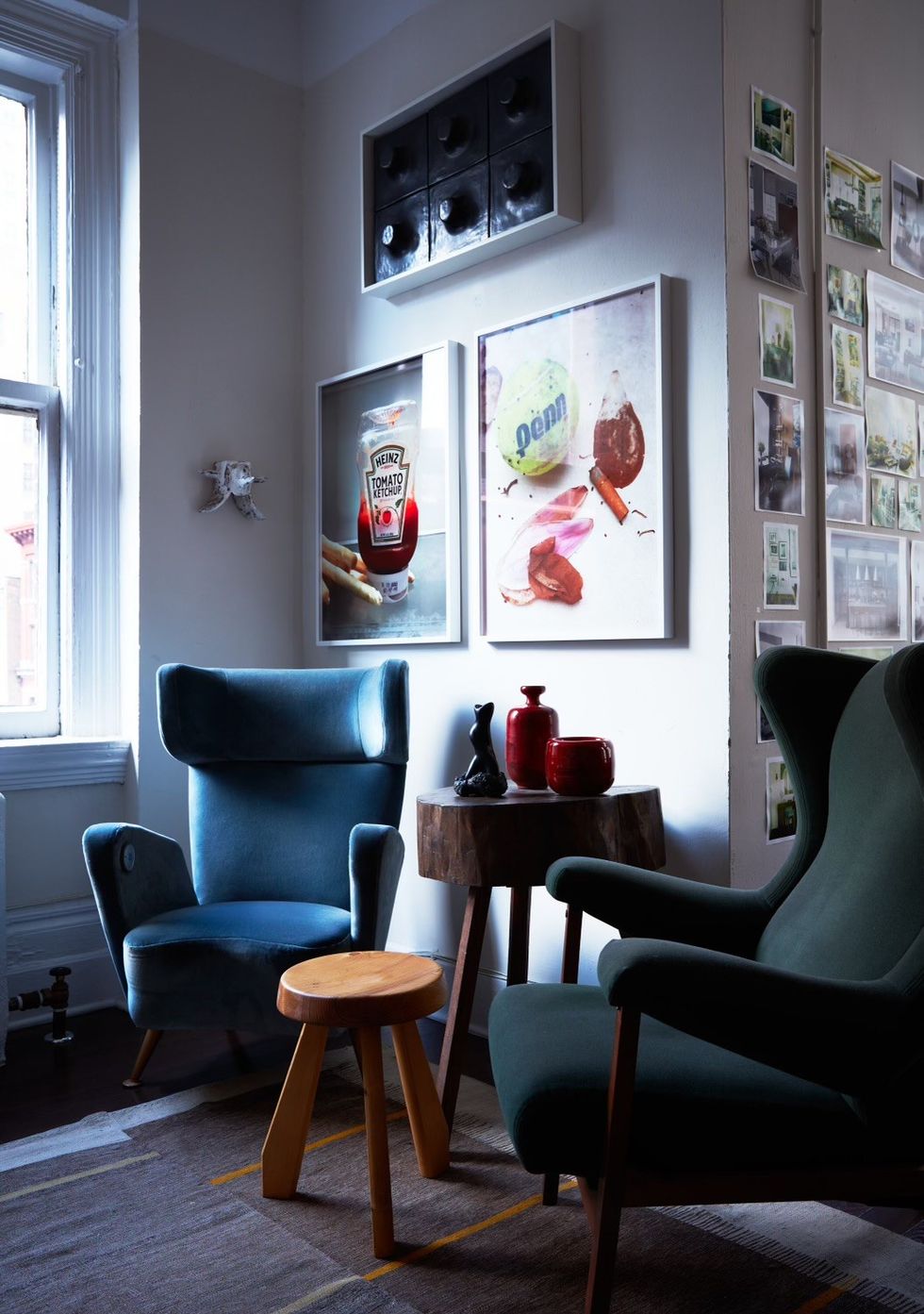
What's been the biggest change you've noticed in your style or preferences since the early days?
"It's interesting because when I first got into design and got interested in art, the world was more classic and traditional. I was attracted to contemporary modern at the time, too, but I was a little bit more interested in classic and traditional, and I have always been throughout my life. But then, as life evolved, my bench was always more modern, and I found myself in the past five to seven years being more and more attracted to classicism. I think that [it’s] kind of going back to where I started—it's cyclical. You like something then you see something new, and it's exciting, and certain things stick, and certain things are just a temporary love affair. But I'll never tire of Picasso. I'll never tire of Matisse. I'm also never going to tire of Giacometti. Even though they've become so overexposed and so ridiculously expensive, I still have a great appreciation for them."
What about your relationship with style? Does fashion or clothing hold any impact on your design tastes?
"It does. I'm a shopper of everything. I like shopping for clothes, and when I was younger, I worked in fashion. I've always cared about the way that I look and about clothes and had my own sense of style. I love nothing more on a Saturday to be out and about, shopping around at fashion stores. But I might be in fashion stores and, the next minute, a vintage furniture store and then an art gallery. All of those things inform me. I think everything you see and look at is informing you and who you are.
I'm not obsessed with fashion, and I'm not a fashionista, but I do pay attention and find a lot of inspiration. My favorite clothing stores are multi-brand stores that have a real point of view and have somebody who's going out into the market and [showcasing] their point of view, which is essentially interior design. What I do, too—I think any interior designer does—you see the world, and you go find your own voice in your own space. So, I find those kinds of stores—which are sadly less and less [there]—to be the most inspirational.
I'm also influenced a lot by fashion photography. The visual image, in general, is very inspirational to me in all shapes and forms. I've been collecting photography since I was about 24 years old, so I have quite a large collection. It’s definitely a big part of my inspiration, who I am as a person, and how I see the world."
Do you have any tips or tricks for art collecting? Do you let pieces find you? Do you seek them out?
"I think it's important to be out in the world and paying attention. There are so many ways to source art now. You literally don't have to leave your home if you don't want to. Although seeing a work of art on Instagram or a website is fine, it doesn't necessarily look the same in person. So, I strongly encourage people to go and see things in person. Personally, I like to do it. I’m [constantly] going to museums, galleries, art fairs, and design shows. It's just part of my life, and I do it on a regular basis—and I think if you are serious about collecting in any way, the more you do that, the better."


I'm curious how you think about patience in your overall design approach.
"As I age, I feel like I have more patience, although I've always had patience when it comes to clients. We also live in an instant gratification world, and that's always been an issue. I think, in some ways, it's worse than ever with social media and everything: This disconnect between having everything in 15 seconds or 20 seconds, as Warhol said, and then the reality of getting it. When somebody leaves my office and they just made a decision on something, they want 15 seconds of instant gratification, but it still takes 14 to 18 months to build a sofa.
I think we're all growing and evolving. Especially after [the pandemic], it was a wake-up call to most people I know that this is all just stuff, and it's not really what's the most important. I was sick for a couple of days, and I was talking to a client yesterday, and she said, well, the most important thing is your health. That's all that really matters in the end: that you have your health. If your sofa arrives two weeks late, nobody's going to die. She didn't say that—I said that—but you know [what I mean]!
I think it's important, but at the same time, we have a job to do. As long as the expectations and the demands are reasonable, then our job is to get [projects] done. It's nice to have time, but it's also nice to make decisions, move forward, create things, and build them. It's a balance. As my father used to say, everything in moderation."
I'm sure it’s case by case, but how do you know when a space is complete? What elements do you think clients should continue building on over time?
"I think if you are an aesthetic person and you have any kind of desire for collecting, your place is never finished entirely because it's evolving. Like I said, nothing is perfect. Even if I create an interior with a client and I think everything is amazing, they might be like, you know what? I don't really like that piece that much. Then[I] have to change it. But then the question is, how much do you not like it? Do you not like it enough that you've got to get it out of your house tomorrow at 9:00 a.m., or can you live with it until you find something else? A lot of times, people think that they don't like something, and then they say all of that, but nothing really transpires. I’ll follow up with them in two or three months, and they're like, Oh, you know what, I actually kind of like it now! Then sometimes they really don’t like it. So you keep changing and growing.
My interiors are meant to be evolutionary, to grow and expand and get edited as time goes by. Some clients are really into that. I have clients that I've been working with for 15-20 years or more, who [say]We really like that bed that we made 10 years ago; it was fun and was cool, but we actually don't need a cool bed anymore. We just want a really beautiful bed that's super comfortable—let's change it.
We make beautiful homes, apartments, townhouses, and country houses, [but] I don't believe in buying art to fill the walls. You can have a beautiful room, and maybe there's not a painting on the wall and it's still a beautiful room, and it'll be that much more beautiful when we find the painting to go there. That [process] might take a month or six months or two and a half years, and that's okay. If you want to get the thing that is going to make you the happiest and give you the most joy, then maybe you have to wait a while, or maybe you're going to walk down the street and pop into a gallery, and you see something, and you’re like, yay, there it is. I love it. It just depends."
So then, has this work changed your perspective on self-care and comfort?
"One hundred percent. I think self-care is hugely important. Home is hugely important because it’s where you recharge your batteries. Home is a sanctuary. To be able to come to a home that relieves your stress and makes you feel comfortable and relaxed, where you can really let down your guard and feel safe and healthy, is critical now more than ever in this crazy world and life that our culture has created."


Robert’s Favorite Things
Stag Stool
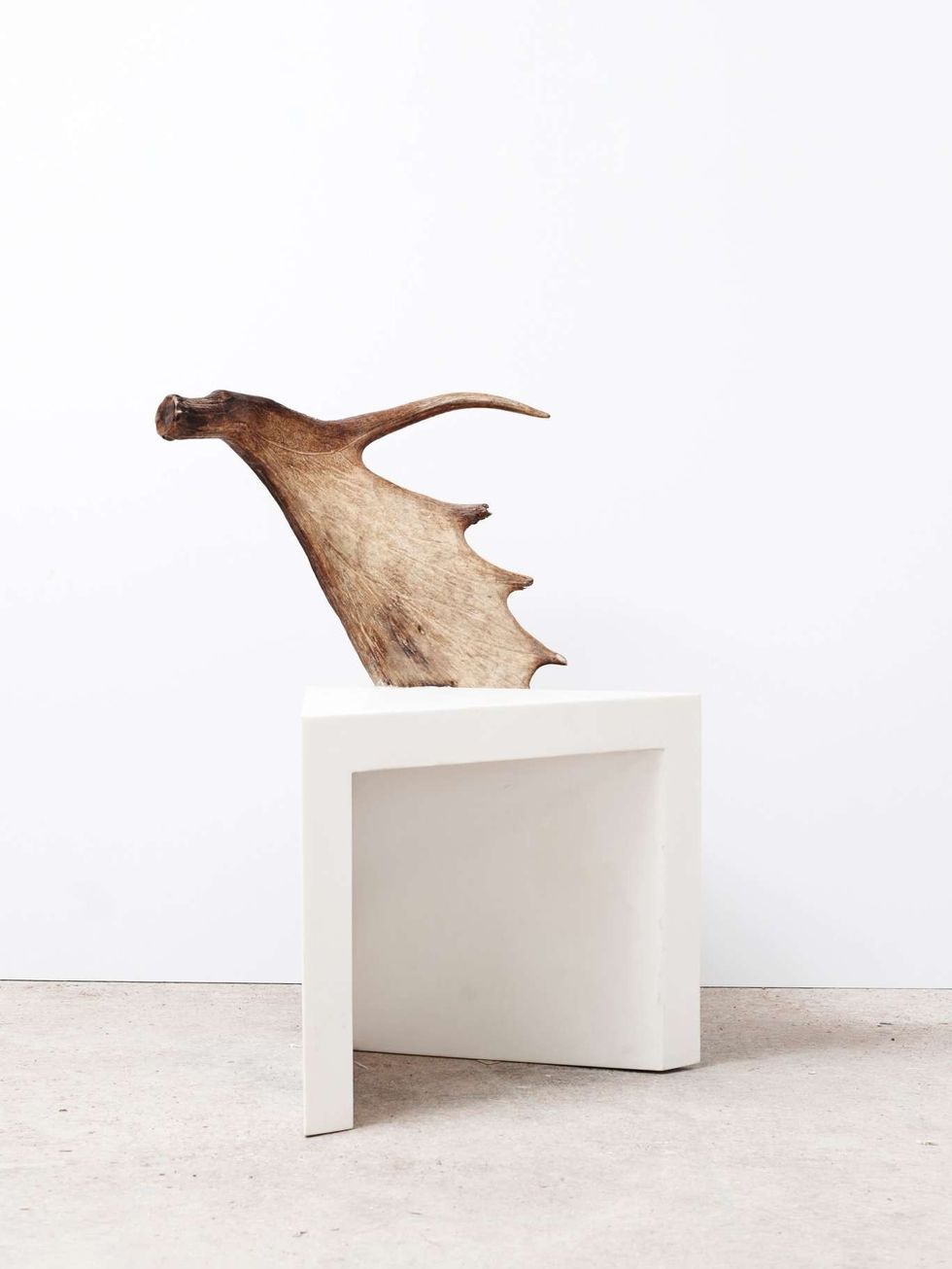
“I have always had a fascination with horns. Where I grew up, there was a lot of wildlife, and since then, I have always admired the beauty and shape of horns. This Rick Owens chair is sculptural and organic yet also completely functional.”
City Backpack

“I am a backpack guy—they are super efficient and comfortable. This Saint Laurent leather backpack is timeless, well-made, and versatile. It’s a workhorse that’s stylish.”
Lug Chelsea Ankle Boot
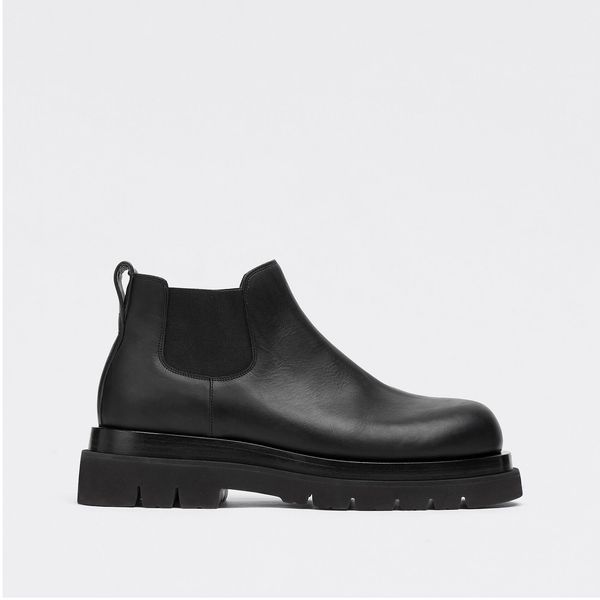
“I used to only be a sneaker guy and never wore boots. When I got these Bottega boots that changed. They are unbelievably comfortable and go with whatever I am wearing. Once I have broken in a pair, I don’t really like wearing anything else.”
Oyster Perpetual 41
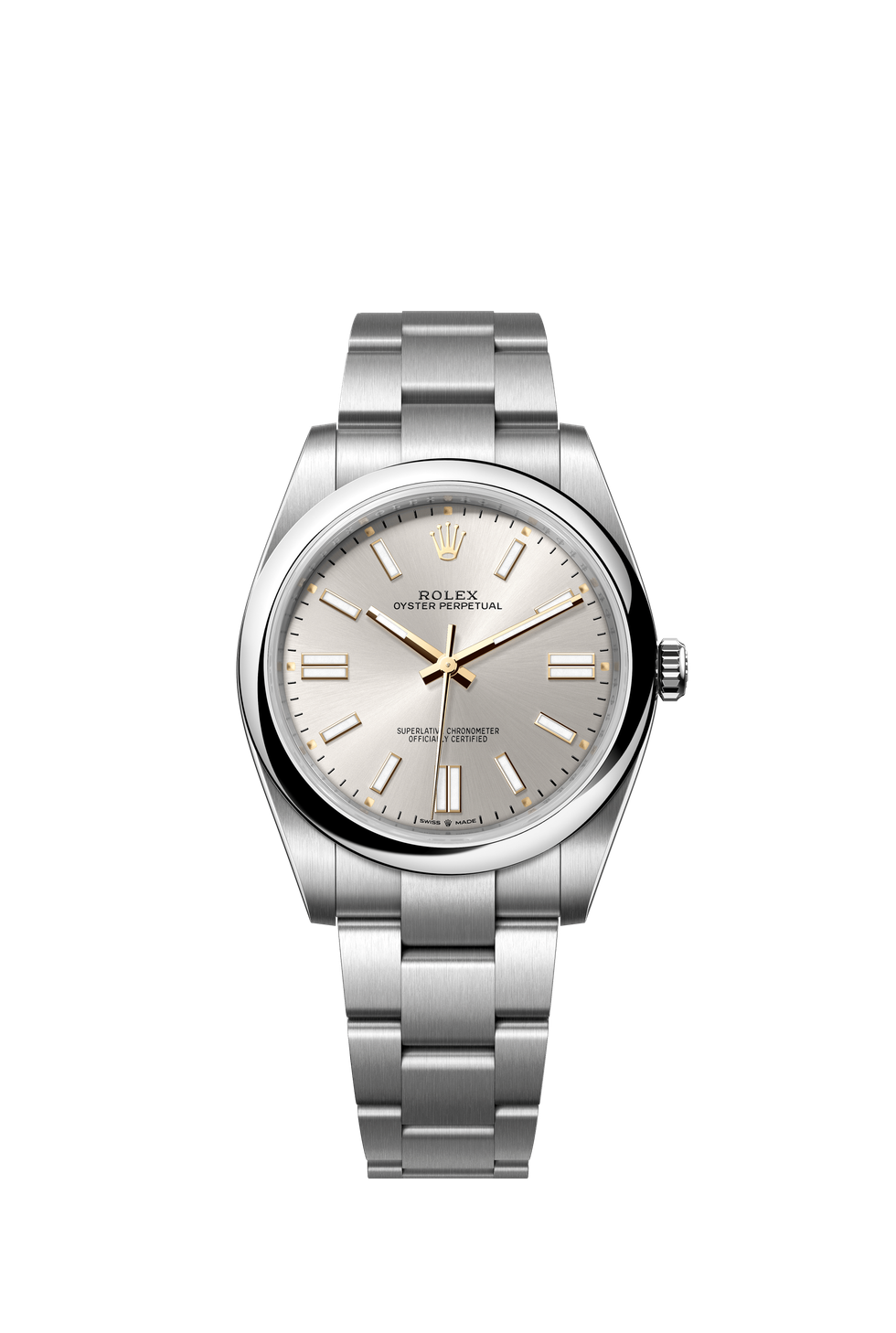
“I was given this watch as a gift from a client. Whenever I look down at it I think of them and the wonderful relationship we have and all the projects we have done together. This watch means a lot to me and is always my go-to.”
REPLICA By the Fireplace
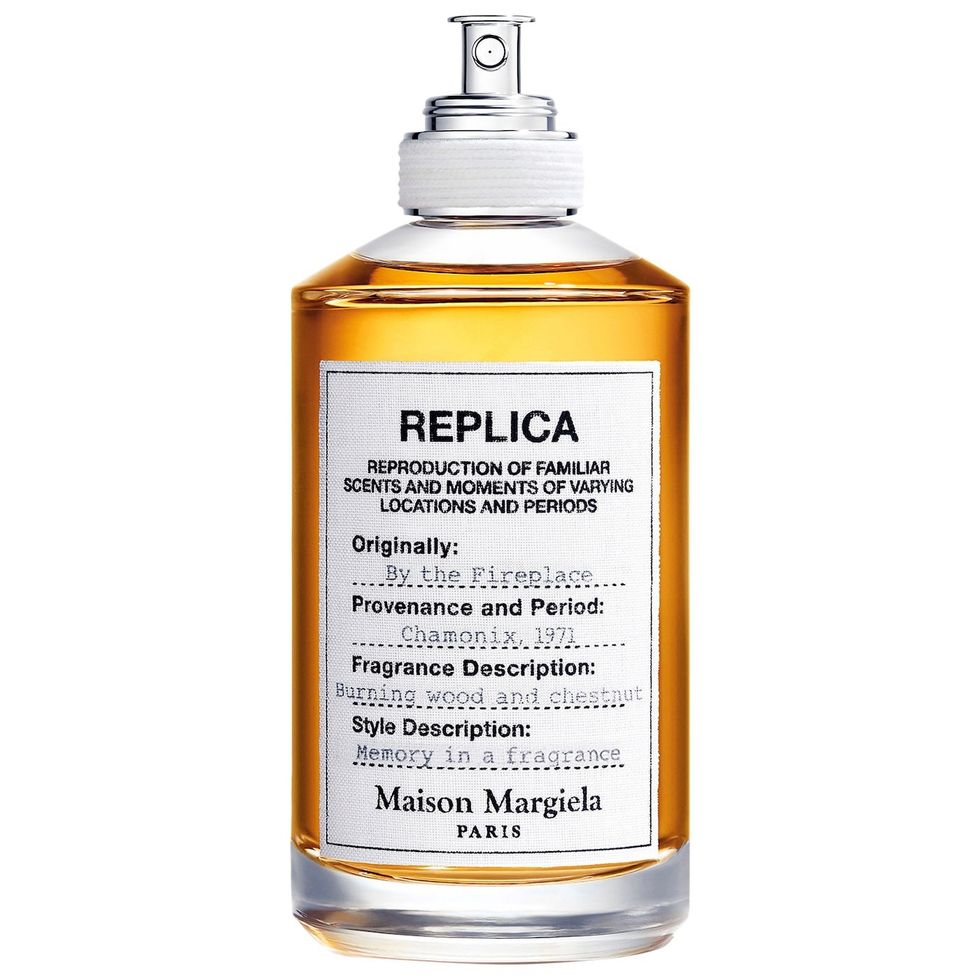
“I always layer my cologne. Margiela’s By the Fireplace is the perfect base layer for anything I layer on top. It reminds me of being a kid in the small town I grew up in, being by the fireplace. It smells familiar and nostalgic.”
Large Link Bracelet

“I went to Tiffany a few Christmases ago to buy the diamond Tiffany cross (which I also wear) for my ex-wife and my ex-husband. Yes, I have both! I bought them and, at the same time noticed this gorgeous new bracelet design. I tried it on and have never taken it off since.”
Clear Jersey Crew

“This dark navy Japanese cotton t-shirt has been a staple in my wardrobe for at least ten years. I love the way it fits and feels. It’s like an old friend. Sometimes I wear it in black but mostly navy. I go between size 2 and 3 depending on which fit I am looking for.”
Photo

“The photo from Diego means a lot because it was a personal gift. I am a huge fan of his work and him as a person. The person in the photograph reminds me of a person I know in my life, and every time I see it, it gives me a chuckle thinking it is them even though I know it’s not.”
This interview has been edited and condensed for clarity and length.
Want more stories like this
‘Wall Talk’ with Australian Muralist George Rose
The World-Champion Surfer Behind Honolulu’s Favorite Hoodies
Madeline Argy’s Solo Act

